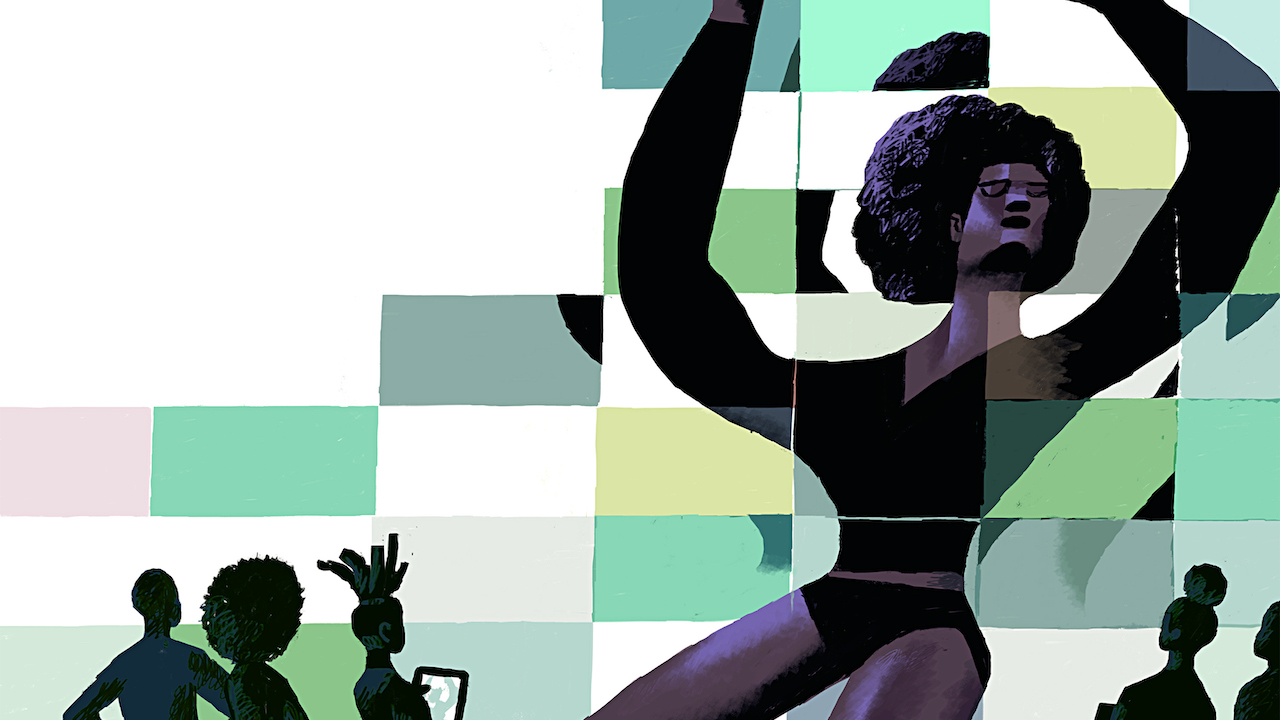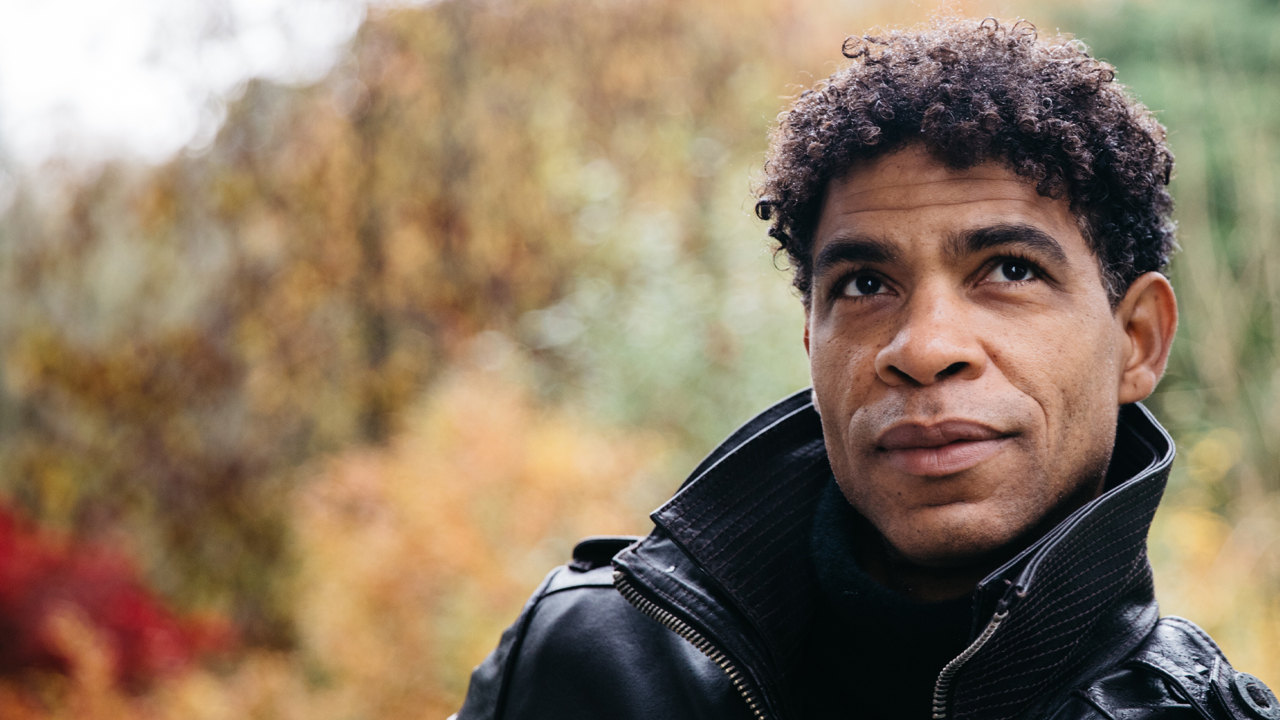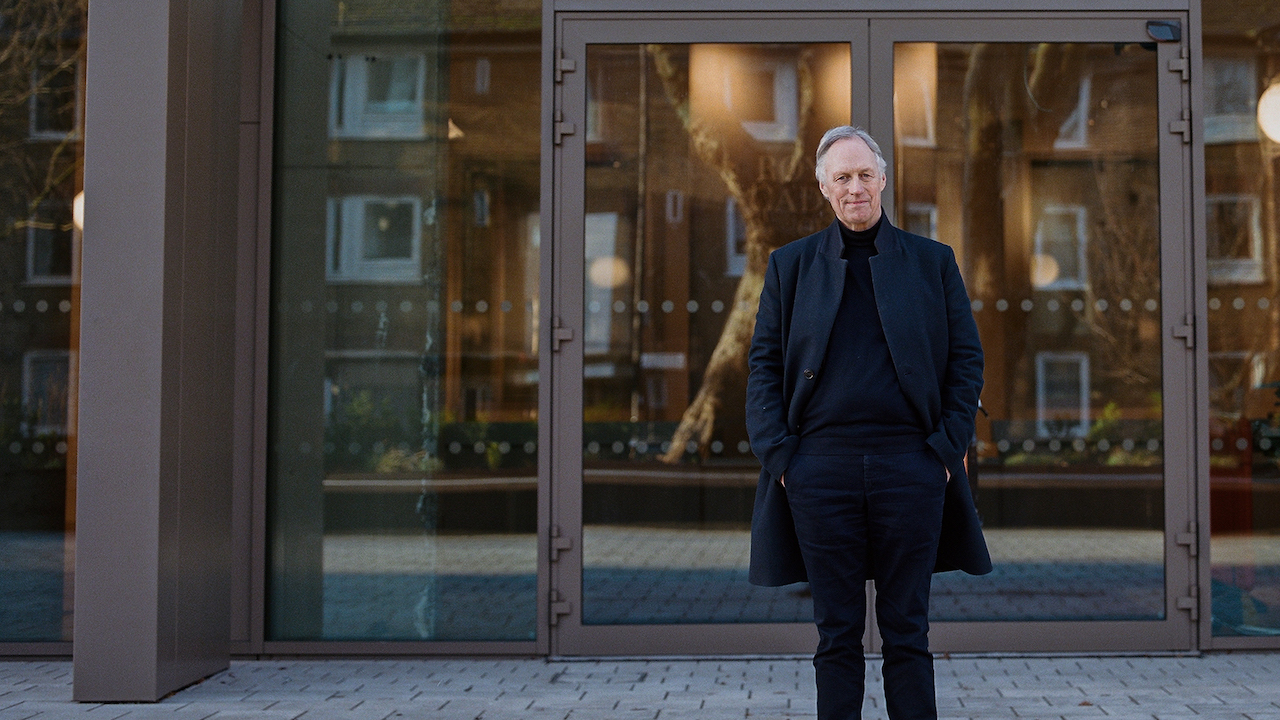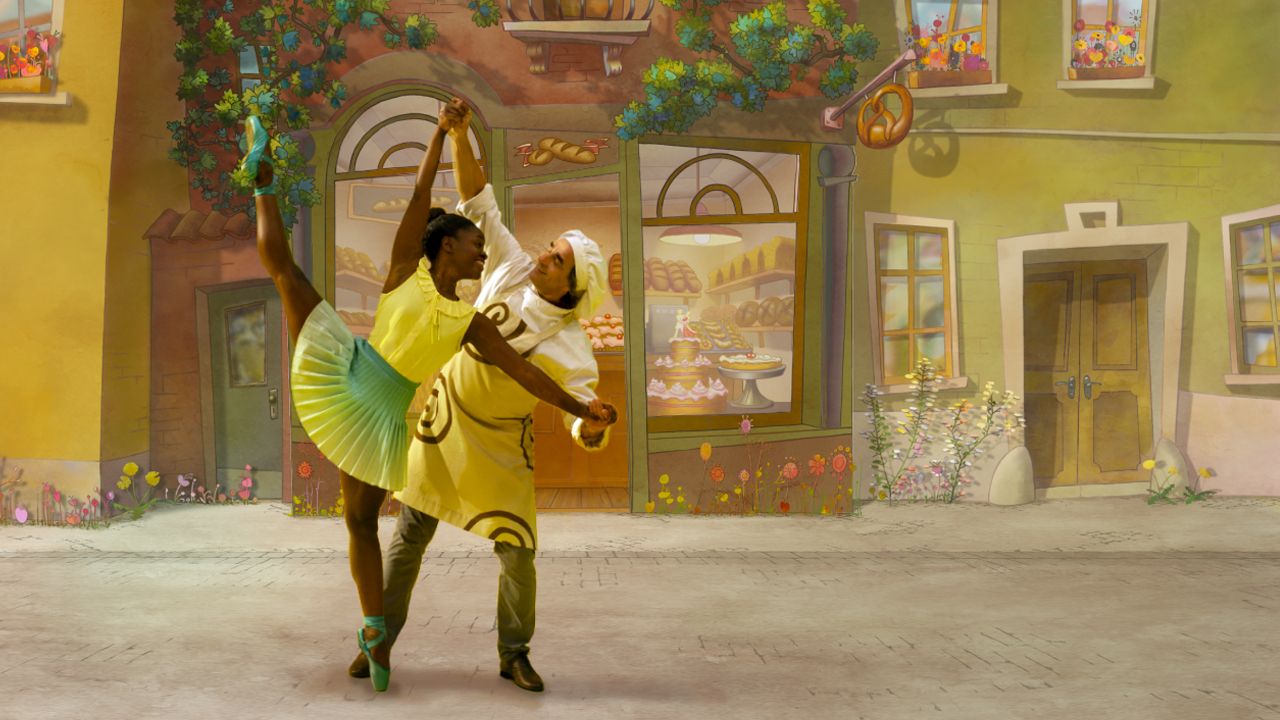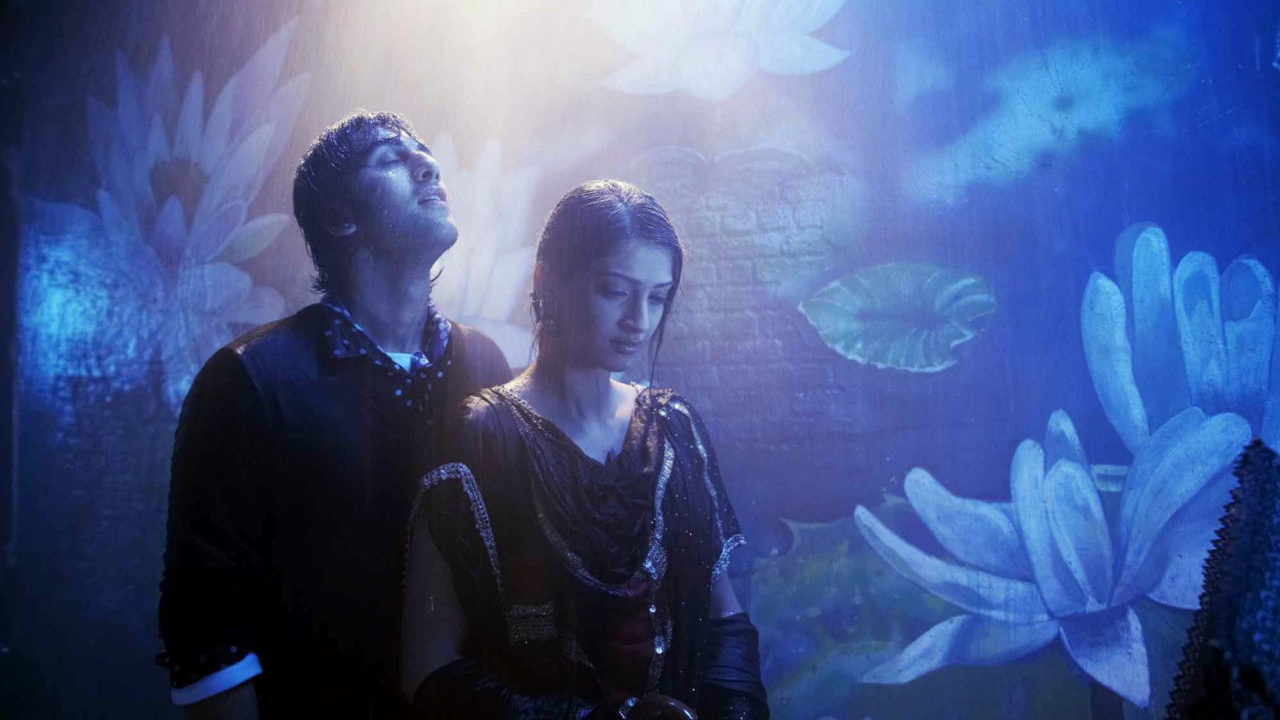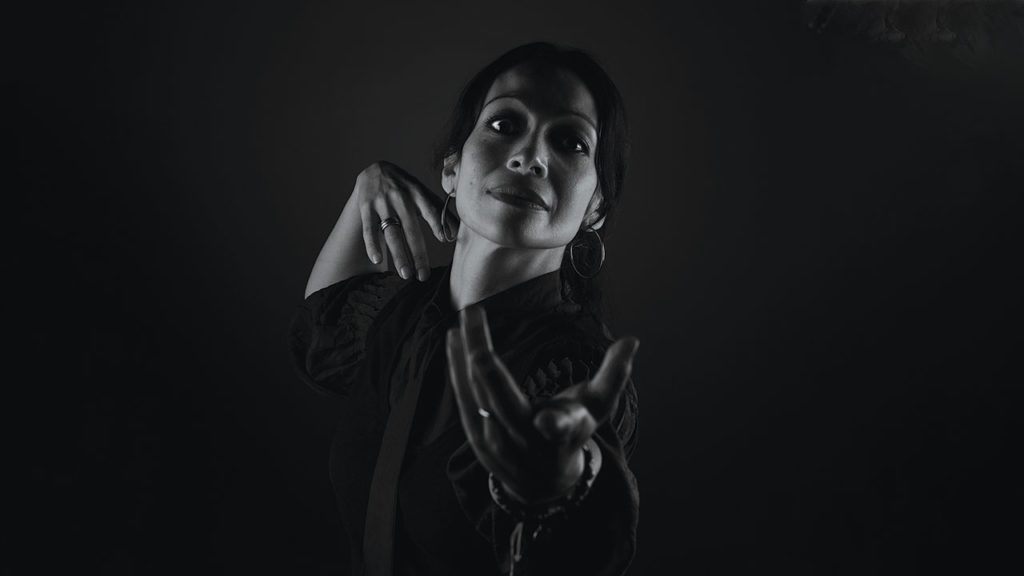When the Dutch government imposed restrictions on people’s mobility following a dramatic spike in Covid infections in the Hague at the end of November, Emily Molnar faced yet another dilemma. As artistic director of Nederlands Dans Theater (NDT), the transplanted Canadian had a show to put on. But the curfew placed on all night time activities meant that, at the very last minute, after months of painstaking preparations, she was not allowed to open the doors on the theatre where NDT had been scheduled to perform.
Welcome to an artistic director’s new pandemic reality.
It was to have been a special evening. Three works (including a world premiere) by William Forsythe, the innovative choreographer under whom Molnar, years ago, had danced when he helmed Ballett Frankfurt. Today hunkered down at his rural property in faraway Vermont, Forsythe created his latest opus via Zoom, the defining app of the coronavirus era. To save it, Molnar had to move fast.
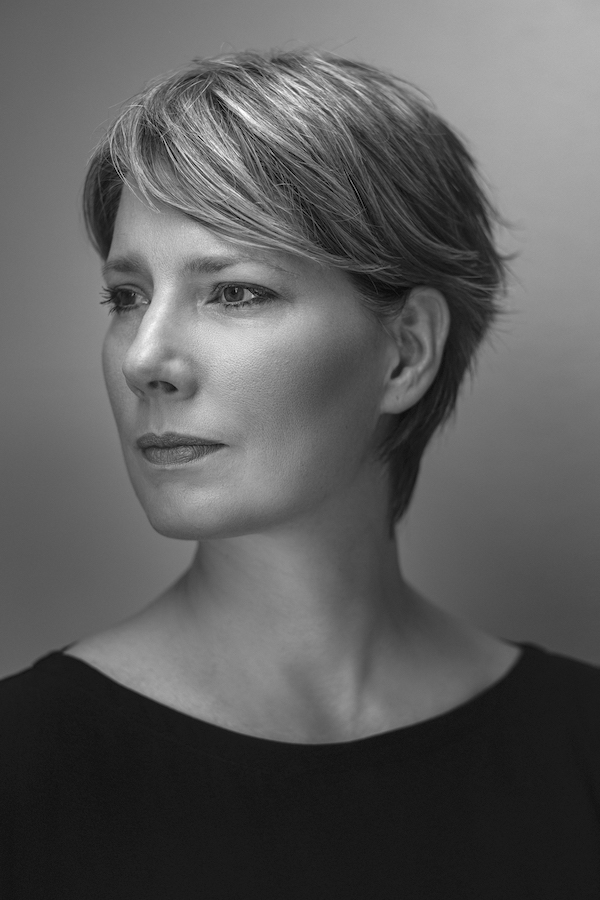
NDT in William Forsythe’s One Flat Thing, reproduced and N.N.N.N.N.N.N.N.N.N.N.N. Photos: Rahi Rezvani
‘Everything is changing on us – that’s brought about a reawakening’
Emily Molnar
She couldn’t do a night show as organised. But she could do a matinee, which is what she eventually did do, rejigging the entire dance programme within a matter of days. When it finally debuted, it played to less than a third of NDT’s normal audience, 350 people instead of the usual 1100, as mandated by the government. But it was better than nothing. The show did go on, a direct outcome of Molnar’s ability to think quickly on her feet. ‘There have been some shining moments but it’s certainly been challenging,’ she reflects after catching a breather. ‘But you know, that’s the entire world right now, so no complaints.’
It’s an attitude shared by other artistic directors who similarly have been forced to navigate the precarity of Covid while leading a major arts organisation. Like Molnar who joined NDT last August, Hope Muir at the National Ballet of Canada and Linda-Denise Fisher-Harrell at Hubbard Street Dance Chicago likewise accepted new leadership roles at a time of great and unpredictable change. There’s no handbook about how to guide a dance company during a global health crisis. But this new generation of dance leaders is tackling the difficulties with ingenuity. All three women are making the most of a lousy situation, moving dance in new directions to ensure its future survival. The effort is noble as well as exhausting, as Fisher-Harrell would attest.

‘It’s a difficult time, let’s not kid ourselves. But it’s also a very creative period for dance‘
Linda-Denise Fisher-Harrell
‘Starting a new job in the pandemic? What a crazy thing to do!’ she exclaims when asked how she’s handling the situation. The former Alvin Ailey principal dancer and university-level educator said it with a laugh, later recounting how steering her company through the rocky terrain of Covid has led to a rediscovery of the resilience of dance as an art form. So again, no complaints.
‘I’m completely working it,’ Fisher-Harrell, a married mother of three, enthuses. ‘It’s a difficult time, let’s not kid ourselves. But it’s also a very creative period for dance, a time to pull back and be even more innovative and nimble about what we do.’
By way of illustration, Fisher-Harrell shares what it was like to fill four new company dance positions in the pandemic. To do it safely, she organised a virtual audition, a first for Hubbard Street. Under normal circumstances the repertory company would generally get 100 applicants. But this time, after moving the process online, it received 900, including dancers in Asia and the UK. Using Zoom this way was a revelation. It enabled Fisher-Harrell to choose the best of the best from an enlarged talent pool. ‘So that worked out great,’ she says. ‘We now know we can do it this way and we’re going to preserve that experience going forward. We’ll always offer a virtual component to make the process more accessible to all.’
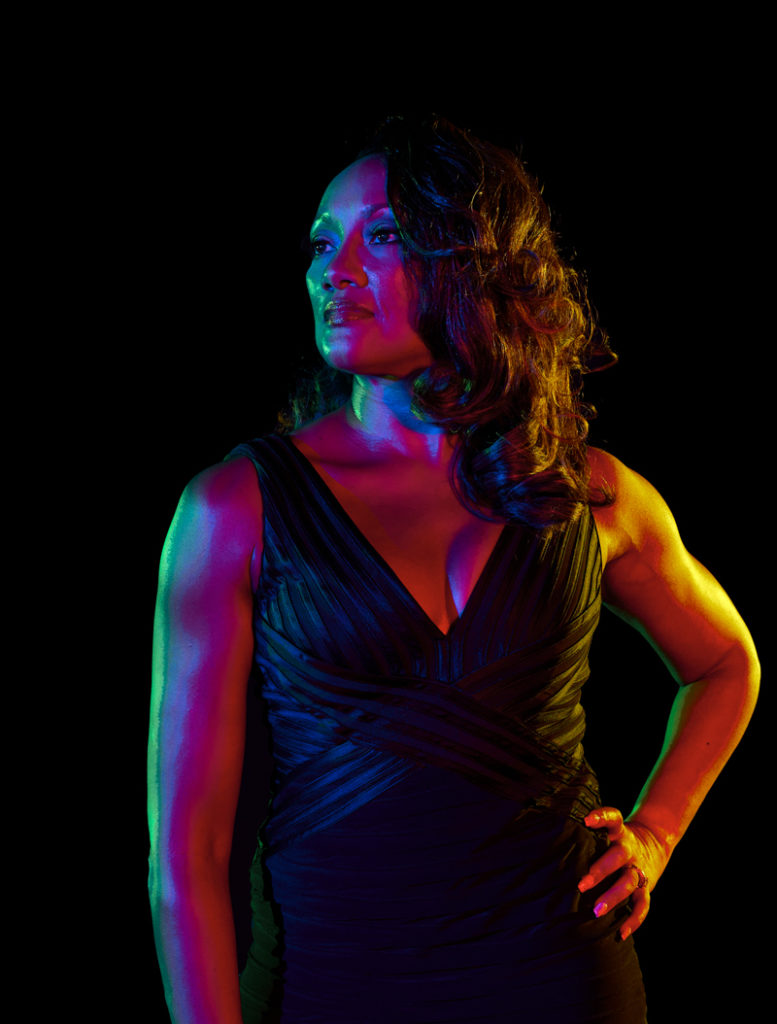

‘Social justice protests that followed in the wake of the pandemic have triggered a reckoning’
Linda-Denise Fisher-Harrell
Speaking by phone from North Carolina where she was finishing her term as director of the 30-member Charlotte Ballet, Muir too has been compelled to implement novel ways of doing things in dance. A former dancer turned rehearsal director who has staged works for Scottish Ballet and the National Ballet of Canada, Muir would relocate to Toronto in January to take on her next role. But already she was thinking ahead, about how to lead a classical dance company – at 80 dancers the largest in Canada – at a time of upheaval. It would require a progressive plan.
Covid has exposed vulnerabilities, not just in health but in people’s psyches and in society as a whole. In Muir’s opinion, this is not about trying to get dance back to where it was, before the lockdowns. It’s about bringing dance back stronger, and more self-aware. ‘What I learned in the pandemic,’ Muir says, ‘is, my goodness, but we are really late with some of these conversations, aren’t we?’ She’s right.
Ballet’s been notoriously slow about addressing inequalities that have gone unchecked in the art form for centuries, making it look often woefully behind the times. But the social justice protests that have followed in the wake of the pandemic have triggered a reckoning. The call to correct imbalances that in the past have stood in the way of real artistic and social progress has sparked a rethink of the entire ballet culture. Muir for one is glad.

Guided by dancers whose voices she genuinely is listening to, Muir is now questioning everything, from racial stereotypes in The Nutcracker to the presence of fragile females in just about everything else. She’s not looking to bury the classical repertoire; she wants to make it more accountable and relevant to today. ‘Before plugging in repertoire as we used to do,’ she explains, ‘we need to look at the stories we’re telling and ask ourselves if they are the right stories – and if they are the type of stories we want to do, then how about providing context or education around them to make them resonate with today’s audience?’
Stories deemed worthy of retelling will no longer need a stage to be heard. One of the biggest surprises of the pandemic is how readily dance has adapted to new technologies to keep itself going even when the theatres remain closed. The advent of digital seasons during the lockdowns has pushed dance into brave new territory. There will be no looking back. The reach has been extraordinary.
When NDT had to cancel all of its tours, both domestic and international, due to the coronavirus in 2020, the company digitised its programme for online viewing. More than 10,000 people in 75 countries clicked on, giving NDT a greater audience than it would have otherwise had. ‘So that was incredible,’ Molnar says, ‘because who would have thought? The experience gave us a lot of new questions and a lot of new information about how to get better and go forward into the future.’
Across the Atlantic in Chicago, Fisher-Harrell has used online platforms to forge new relationships with other dance professionals during the pandemic. She’s also harnessed the technology to expand and enrich her dancers’ training regimens through exposure to outside classes and other styles and techniques, providing more opportunities for artistic growth. ‘Covid has given us permission to knock down the silos,’ she emphasises, ‘and this has benefited the art form. I think this element of hybrid learning will stay with us now for the long term.’

What it means to be a dance company leader is also evolving with the times. ‘It certainly isn’t status quo anymore,’ pronounces Molnar. ‘It’s all changing on us and it’s all beyond our control, really, and that’s brought about a reawakening. When something is taken away from you, you are forced to see it differently.’
Seconding this view is Muir whose own perspective of the artistic director has been altered by the pandemic. If the position previously loomed despotic and mean, a characterisation supported by history and perpetuated by pop culture representations like Black Swan and The Red Shoes, in these difficult times the role is undergoing a makeover, appearing more nurturing and compassionate. That shift has the potential to usher in a new benevolent epoch for classical dance.
‘I’m trying not to push too hard,’ Muir says. ‘Just to get people back on stage is a feat in itself. Because the dancers haven’t exercised in 20 months. That’s true of the entire organisation. So you can’t take physical risks right now and you can’t take financial risks either. So I’m thinking about rebuilding, recycling and renewing people’s talents as safely and as responsibly as possible. So that requires a lot of preparedness and, you know, just sensitivity.’
For inspiration, Fisher-Harrell has been looking back at the people who once lead her, drawing on the strength of the likes of Judith Jamison, her mentor at the Ailey company. ‘I remember her stories about dancing during the civil rights movement and I watched with my own eyes how she brought us all through 9/11,’ Fisher-Harrell recalls. ‘Judith Jamison was an incredible arts director. She taught me what the expectations should be. I can only show up as my artistic self and hope that my way inspires the dancers, the work and the audience.’
It’s a big task, requiring stamina, and a lot of creative drive. But it’s what these women signed up for. ‘I really want dancers to be at their best,’ Muir says, echoing the sentiments of her director colleagues. ‘That’s one of the things that struck me when I woke up one morning and realised I was now the artistic director of this company. I was like, wow, this is such a high level of care. I’ve so many hearts and souls and careers in the palm of my hand. It’s a big responsibility. But it’s the thing I love the most.’
‘I’ve so many hearts and souls and careers in the palm of my hand’
Hope Muir
Watch
NDT in William Forsythe’s One Flat Thing, Reproduced
Deirdre Kelly is a Toronto-based dance critic and author of Ballerina. She has twice won the Nathan Cohen Award for criticism.
Sergiy Maidukov is a Ukrainian illustrator who works for the New Yorker, Guardian and Financial Times.

